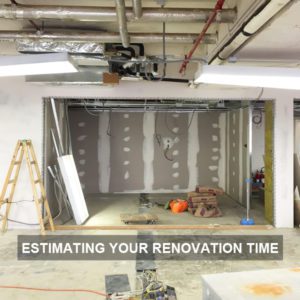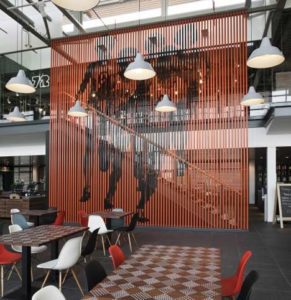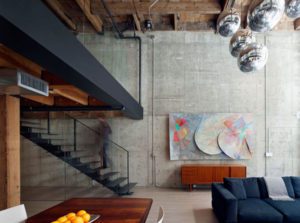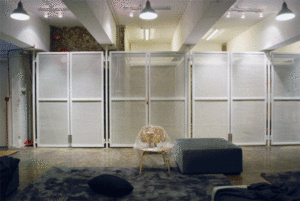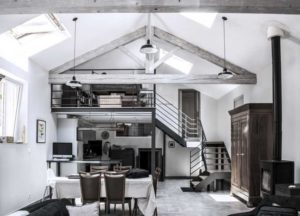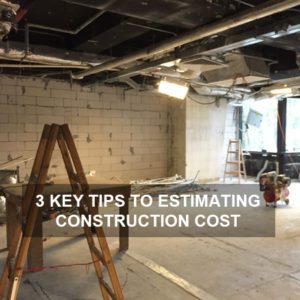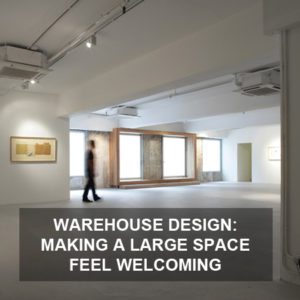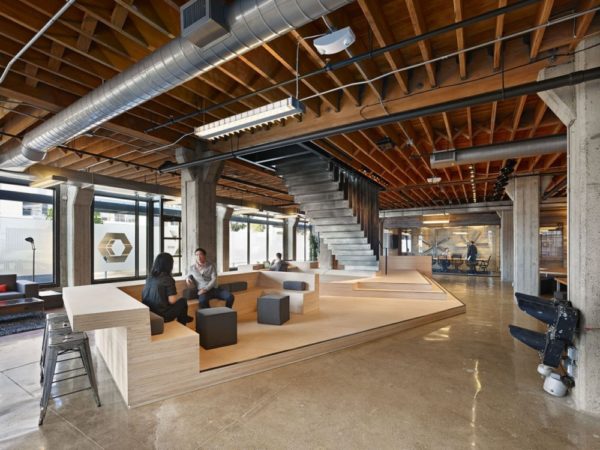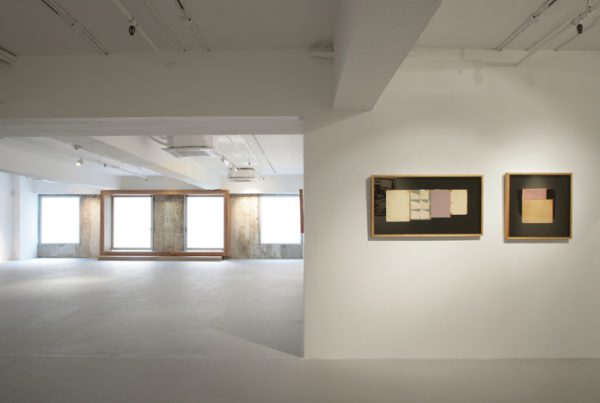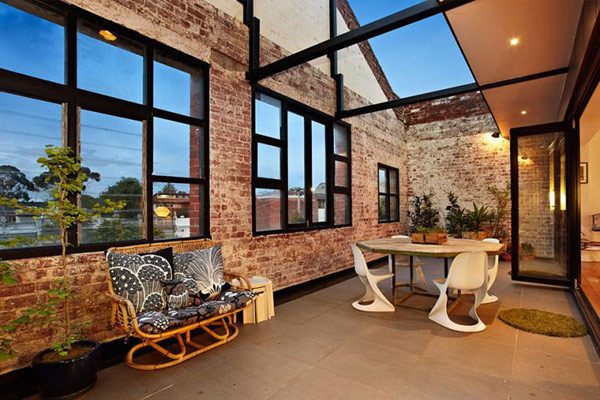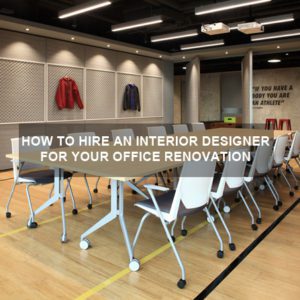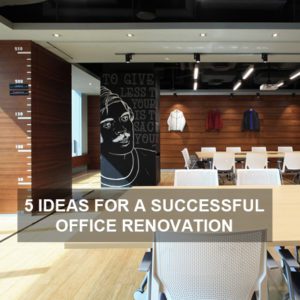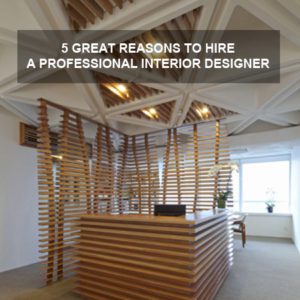
When it is time to think about giving your professional space a facelift, it is a good idea to employ strategies that have worked in other aspects of your business. For instance, when you need a good accountant, you do not hesitate to find one that understands your business needs and can meet those needs successfully. When you need an executive assistant, you carefully consider the qualified candidates and choose one that matches your goals and objectives. When you choose to renovate, the same principle applies.
A good interior designer can do much to make your renovation a smooth and pleasant journey. Here are five great reasons to hire an interior designer.
1) A professional interior designer can save you a great deal of money.
While some think that hiring a designer will be cost-prohibitive, often the reverse is true. A designer with a good working knowledge of structural matters as well as aesthetic concerns will be able to steer you away from costly mistakes in the renovation process, thereby saving you both time and money. And with additional money to spend, you can achieve more of the look that your professional space deserves.
2) A professional interior designer will use a trained eye.
What does that mean, exactly? A designer has been trained to recognize what is right and what is wrong with your space. Often, a designer can make suggestions that you may have never imagined to maximize the potential of your space. Are you interested in a more traditional office space with individual partitions, or are you thinking of a more open design? If you are having trouble deciding what will work best for your business, a designer will discuss how your enterprise works and make suggestions that will help you achieve your goals. Designers are often experts at “thinking outside the box”, thereby making your space unique and wow-worthy.
3) A professional designer will know people.
As you know with your own business, there is much value in having good, dependable contacts. The same is true for designers. Often a professional designer knows a variety of people you will need as work commences on your project. This will save you both time and money, as you will not have to find reliable carpenters, painters, plumbers, and other workers in the building trades without expert advice. And with solid workmen supporting the professional design at every step, the finished product will meet or exceed your expectations.
4) A professional designer can help you budget and plan your renovation well.
With the knowledge of standard costs for various aspects of a renovation, the designer can work with you to find the best resources available for your needs. Taking the guesswork out of your projected budget is a real bonus for you, as it alleviates anxiety regarding the renovation process. Often, your designer can suggest upgrades that will enhance the value of your space considerably, while still keeping an eye on making you and your employees comfortable.
5) A professional designer can help you plan and visualize your space.
You inhabit your office space for hours every day and are accustomed to the way things are arranged there. Sometimes, when you think about renovation, it may be difficult to truly visualize what changes can be made to bring your space back to life. A good designer can see things with a fresh perspective, offering ideas on a wide variety of design options that will get your creative juices flowing again. Then, once you have a clear picture of where you want to go with the project, the designer can ensure that your vision is honored throughout every step of the process.
These are just a few of the benefits of working with a professional designer. To learn more, please contact us. We will be happy to show you how we can benefit your project today.

